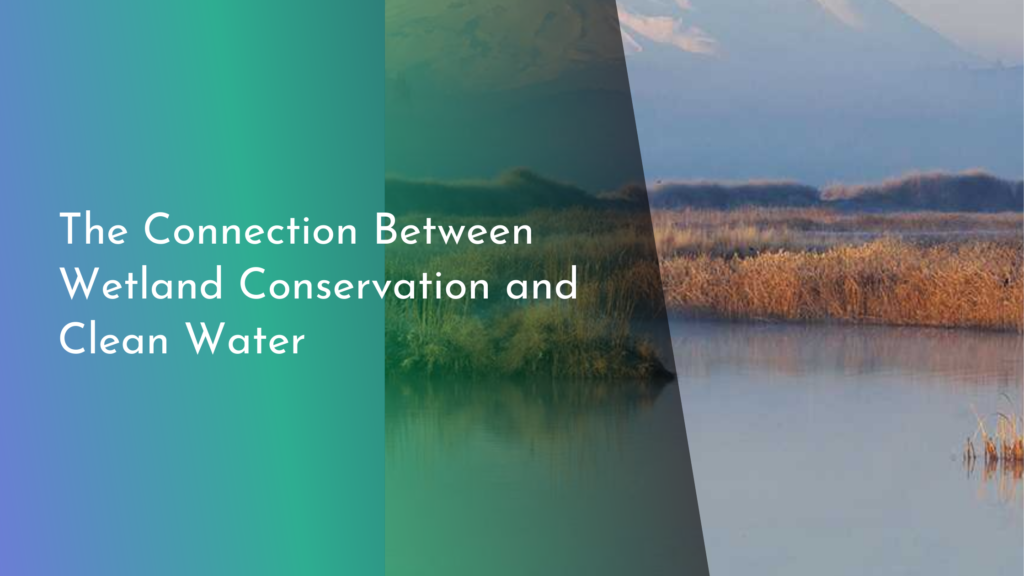How to Support Wildlife Protection Through Eco-tourism
Eco-tourism is more than just a buzzword; it’s a sustainable approach to travel that allows people to explore the wonders of the natural world while contributing to its preservation. As the world becomes more aware of the need to protect our planet’s biodiversity, eco-tourism has emerged as a powerful tool for wildlife protection. By choosing eco-friendly destinations and engaging in responsible travel behaviors, tourists can create positive impacts on both the environment and the communities they visit. This article will delve into how you can support wildlife protection through eco-tourism, highlighting key strategies and practices.
Understanding the Connection: Eco-tourism and Wildlife
Eco-tourism is intrinsically linked to wildlife protection. At its core, eco-tourism is designed to minimize the ecological footprint of travelers while maximizing the positive impacts on ecosystems and local communities. By promoting sustainable travel practices and fostering wildlife conservation efforts, eco-tourism provides crucial funding and awareness for protecting endangered species and habitats. Tourists who choose eco-tourism experiences often gain unique insights into the challenges faced by wildlife and the importance of conservation, leaving them more inclined to support these causes in the long term.
One of the pivotal roles of eco-tourism is its ability to provide economic incentives for conservation. When tourists visit protected areas and participate in eco-friendly activities, they contribute financially to the maintenance and preservation of these areas. This financial support is vital for funding conservation projects, enforcing anti-poaching laws, and supporting research initiatives aimed at understanding and addressing threats to wildlife. Thus, eco-tourism not only raises awareness about wildlife protection but also directly supports the practical efforts needed to conserve biodiversity.
Choosing Eco-friendly Destinations and Tours
Selecting the right destination is the first step towards supporting wildlife protection through eco-tourism. Look for destinations that prioritize sustainable tourism practices and have established programs for wildlife conservation. National parks, wildlife reserves, and areas recognized by international conservation organizations are excellent choices. These places often have strict guidelines and initiatives in place to protect wildlife and their habitats, ensuring that your visit contributes positively to their preservation.
When choosing tours, opt for those that are certified by reputable eco-tourism organizations. These certifications ensure that the tour operators adhere to sustainable practices, such as minimizing waste, conserving water, and respecting the natural habitats of wildlife. Many eco-tours also employ local guides, who possess a deep understanding of the wildlife and ecosystems, providing tourists with educational and enriching experiences. By selecting certified eco-friendly tours, you not only support wildlife conservation but also encourage sustainable tourism practices in the industry.
Engaging in Responsible Behaviors as a Tourist
Being a responsible eco-tourist means adopting behaviors that minimize your environmental impact and maximize your positive influence on wildlife and ecosystems. This includes simple actions like staying on designated trails to prevent habitat disruption, avoiding single-use plastics, and adhering to guidelines set by parks and reserves regarding wildlife interactions. Responsible tourists are mindful of their actions and understand that even small gestures can have significant impacts on the natural world.
Additionally, engaging with local communities and respecting their cultures and traditions plays a crucial role in responsible tourism. Learning about and supporting local conservation efforts can enhance your understanding of the interconnectedness between humans and wildlife. Volunteering with local projects or contributing to community-based conservation initiatives not only enriches your travel experience but also strengthens the efforts to protect wildlife. By practicing responsible behaviors, you help ensure that the benefits of eco-tourism are felt long after your visit.
Creating a Positive Impact: Community and Wildlife
Eco-tourism offers a unique opportunity to create a positive impact on both local communities and wildlife. By supporting community-based tourism initiatives, travelers can help ensure that local people benefit economically from conserving their natural resources. This empowerment encourages sustainable practices and reduces the reliance on activities that may harm wildlife, such as poaching or unsustainable agriculture. When communities see the tangible benefits of eco-tourism, they are more likely to become active partners in wildlife conservation.
Moreover, eco-tourism can foster a deeper connection between tourists and the natural world. By participating in wildlife tracking, bird watching, or habitat restoration projects, travelers gain firsthand experiences that highlight the importance of preserving biodiversity. These immersive encounters can inspire a lifelong commitment to wildlife protection and advocacy. As more travelers embrace the principles of eco-tourism, the collective impact on wildlife conservation efforts can be profound, leading to healthier ecosystems and thriving wildlife populations.
Eco-tourism is a powerful platform for wildlife protection, offering travelers the chance to make a positive difference while exploring the world. By understanding the connection between eco-tourism and wildlife, choosing eco-friendly destinations and tours, engaging in responsible behaviors, and creating positive impacts on communities, tourists can contribute to the preservation of our planet’s precious biodiversity. As you plan your next adventure, remember that your choices have the potential to safeguard wildlife for future generations, ensuring that our natural world continues to inspire wonder and awe.


